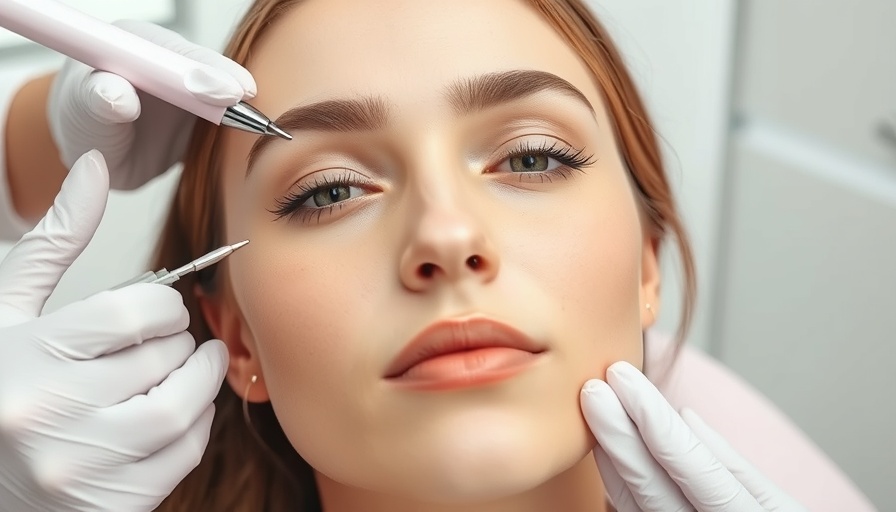
Understanding the Link Between ADHD and PMDD in Women
Attention-deficit/hyperactivity disorder (ADHD) and premenstrual dysphoric disorder (PMDD) are two distinct conditions that can significantly impact a woman's life. While ADHD is often thought of mainly in terms of attention deficits, recent research shows that it may be associated with emotional dysregulation and increased vulnerability to mood disorders such as PMDD. A growing body of literature highlights that women with ADHD may be at a heightened risk for experiencing PMDD, a condition that leads to extreme mood changes during the menstrual cycle, commonly characterized by irritability, anxiety, and depression.
New Research Insights: Connection Between Positive Mood and ADHD
Recent studies, including one by Broughton et al. (2025), indicate that the intersection of ADHD and PMDD could be more significant than previously understood. This study included a survey of 715 individuals across the United Kingdom, focusing on women aged 18 to 34. The findings suggest that there may be a concerning relationship between existing ADHD diagnoses and PMDD, especially when combined with depression or anxiety symptoms.
The Underreported Reality of ADHD in Women
ADHD is often underdiagnosed in women, with surveys showing that it affects about 4.2% of the female population, according to the CDC. Furthermore, PMDD's prevalence ranges from 1.8% to 5.8% among women. This isn’t just a statistic; it reflects the experiences of many women whose mental health struggles are compounded by both hormonal fluctuations and ADHD-related challenges. Particularly alarming is the delayed diagnosis that many women face, which can lead to increased emotional distress and disability.
How Hormonal Changes Influence Mental Health
The hormonal shifts that accompany the menstrual cycle can exacerbate the emotional dysregulation often observed in those with ADHD. Researchers are just beginning to explore the neuroendocrine links between these two conditions, which could pave the way for more targeted, personalized treatments. Understanding the interplay of sex hormones and psychiatric conditions is crucial for health professionals.
Making Sense of Mixed Signals: Misdiagnosis and Delayed Treatment
Women seeking help for ADHD-related symptoms often face a unique set of challenges, including potentially misdiagnosed symptoms. Many health practitioners might not fully appreciate how ADHD can alter the way women experience PMDD. Indeed, skills are needed to discern mood symptoms from ADHD-related challenges — knowing when irritability is a symptom of PMDD or simply a manifestation of ADHD can dramatically alter treatment approaches.
Opportunities for Change: Promising Research Directions
Encouragingly, research is evolving to provide clearer insights into the complex relationship between ADHD and PMDD. The development of new transdiagnostic frameworks, which aim to unify theories on sex steroids and mental health, indicates promising directions for future studies. This research focus will hopefully lead to better diagnostics and treatment strategies that take into account the unique experiences of women.
Practical Insights for Women Battling ADHD and PMDD
If you or someone you know is navigating the intertwined challenges of ADHD and PMDD, it is imperative to seek comprehensive evaluations. Engaging with healthcare professionals who understand both conditions can lead to tailored therapies that address both mood regulation and attentional difficulties. Stress management techniques, medication, and therapy may all be appropriate components of a multi-faceted treatment plan.
Final Thoughts: Strength in Community and Awareness
As we unravel the complexities of ADHD and PMDD, fostering an understanding of these conditions and their mutual relationship is vital. Women need to feel empowered to voice their experiences and seek the support they require. If you resonate with these experiences, please reach out to healthcare professionals. Share your story, and know that awareness is a significant first step towards improving wellness.
 Add Row
Add Row  Add
Add 



Write A Comment